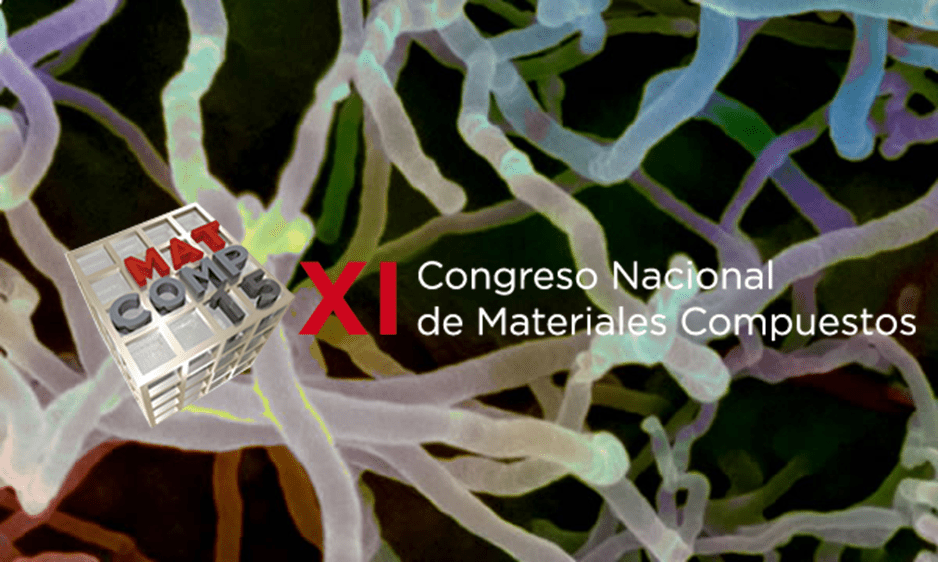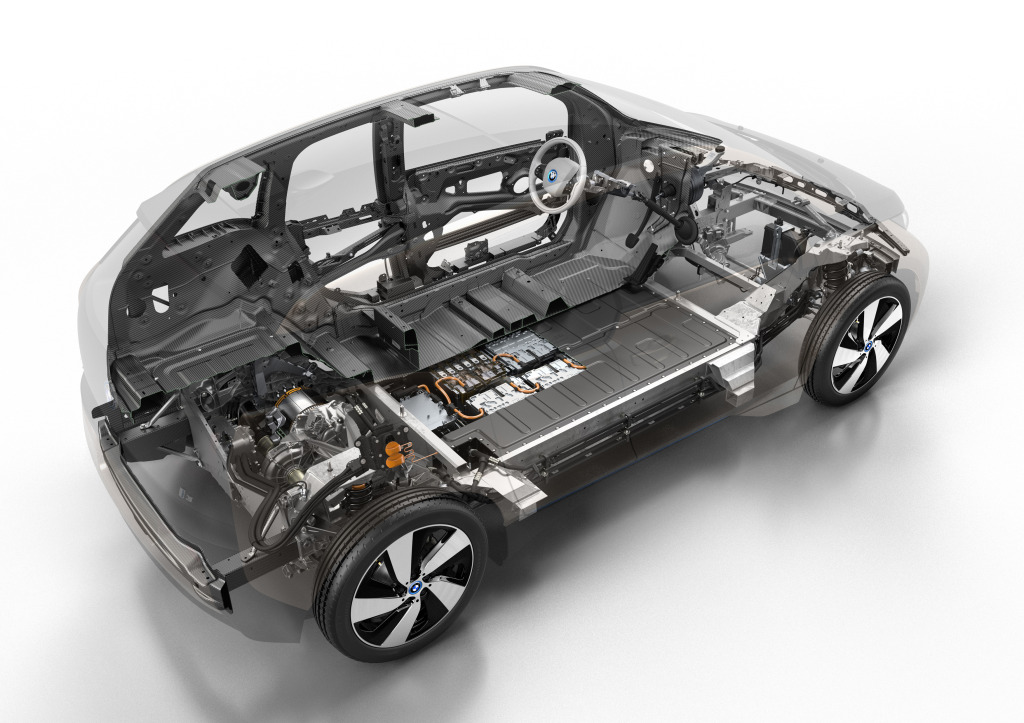The XI Spanish National Congress on Composite Materials (http://matcomp15.org/) is jointly organized by the Rey Juan Carlos University, AEMAC (The Spanish Association of Composite Materials) and FIDAMC, and its main sponsor is AIRBUS Group. CIDAUT will participate presenting two different papers, one dedicated to development of material models for short fibre reinforced materials, and a second one focused on the implementation of design methodologies for continuous carbon fibre composites for automotive safety components.
The MATCOMP series of National Congresses have, ever since their founding in 1995, become the most important meeting between the academic, scientific and industrial communities within the composite materials field in Spain. The main objective has always been the establishment of a communication channel between the industry and the technical and scientific community to promote research, development, innovation, as well as the use and spreading of composite materials.
CIDAUT has taken part in these congresses in the past, and this year our contribution is focused on the design of automotive components. Nowadays it’s all about weight reduction, new environmental standards are calling for sustainability in mobility, which will be achieved with greener power trains and optimized light weight designs.
Short fibre reinforced components have considerably improved mechanical properties in terms of stiffness and structural strength thanks to the fibre contribution to their performance. Though used in the automotive industry for a long time, the influence of the manufacturing process is seldom taken into account because of the lack of an easy to implement design methodology, as current research goes through complex material models or expensive and very specific software packages.
BMW i3 Profile (Source: BMW Group Press Club)
If weight reduction is considered, then advanced composite materials, and especially those combining continuous fibre with plastic matrixes are very well poised for growth. In this context, several continuous carbon fibre components can be found in the automotive industry, from bonnets, front end structures, underbodies, side pillars or roofs, to the ambitious BMW i3 passenger cell. Our research deals with designing a suspension arm, which is probably one of the lesser found examples in the sector. A list of critical load cases has been selected from the suspension arm of a representative B segment vehicle. The packaging requirements have been taken from the same vehicle as well, imposing a limit on the available design volume. The challenge in this design lies mainly in taking into account manufacturing requirements such as the desirable symmetry of the staking, the correct combination of biaxial non crimp fabric plies with UD reinforcements, the limits on the possible orientations if the curvature radius grows imposed by the manufacturing process, together with the mechanical load cases and the available design space.
Meet us at MATCOMP the 6th-8th of July 2015 to know more about our research in the field of composite materials, or get in touch with us, we are always happy to share our experiences and find new collaboration opportunities.


